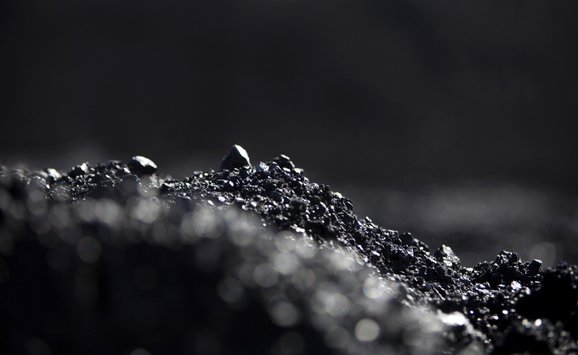On Friday, I wrote that EPA’s newly-proposed performance standards for GHG emissions from new power plants (NSPS) mostly preserved the agency’s earlier approach of putting gas- and coal-fired plants in the same “source category”:
It’s true that the new proposal would revert to EPA’s past approach of separating steam plants, including natural gas combined cycle plants (category “Da”), and pure gas turbines (category “KKKK”[]), but that longstanding approach does keep most coal and gas generation in the same category.
Upon closer reading, I don’t think that’s correct. EPA’s decision to keep the Da and KKKK categories intact, rather than creating a new, combined, TTTT category, does appear to split gas and coal. That’s not good. As I noted in Friday’s post, existing-source performance standards (ESPS) to be proposed next June will almost certainly use the same category definitions. If coal and gas remain separate, then it’s much more difficult for the agency to legally permit trading between the two. This sharply limits the cost-effectiveness of the ESPS - either emissions reductions will be less than if trading were allowed, costs will be higher, or both.
Here’s how the source categories work, as best I understand (they’re far from clear or well-organized). A typical new (or old) coal-fired plant burns coal in a boiler, then uses the produced steam to generate electricity in a steam turbine. Such “electric utility steam generating unit[s]” are covered under Subpart Da (subject to some size constraints). Most gas-fired plants, by contrast, use gas directly in a turbine (somewhat similar to jet aircraft engines). Such “stationary combustion turbines” are regulated under Subpart KKKK.
However, it’s possible to squeeze more efficiency out of either fuel by combining the two processes. The predominant model for new gas plants is a “natural gas combined cycle” (NGCC) plant. In such a plant, gas drives a turbine, but its heat is also used to drive a steam turbine. It’s also possible to convert coal into a gas (“syngas”) and use this to fuel a similar design - such plants are called “integrated gasification combined cycle” or IGCC plants. They are not common, but some examples exist. IGCC may become the preferred option for “clean coal,” especially if combined with carbon capture and storage.
The difficulty in understanding EPA’s categories comes from these combined cycle plants. Are they treated as steam (Category Da) or as turbines (Category KKKK)? Generally, EPA puts them in category KKKK with other turbines - this means NGCC plants are grouped with gas-fired pure turbines. I got this backwards in my post on Friday. However, IGCC plants are an exception to this rule - EPA regs include them in category Da. I misread this to include NGCC as well, hence my error. Mea culpa.
In short, Category Da is mostly coal-fired, and category KKKK is gas-fired.
This decision to split coal and gas appears to be driven by legal worries. As I’ve written before, I don’t think these worries are well-founded, despite claims from opponents of the rule. The fact that EPA has traditionally treated coal and gas separately for other pollutants should not bind the agency to do so here. In fact, the agency has extremely broad powers to define and redefine the limits of source categories. As even this relatively simple example illustrates, the technologies involved are complex, and divisions between them are often unclear.
Moreover, combining source categories does not prevent EPA from issuing different standards for coal and gas plants (or for boilers, turbines, NGCC, and IGCC plants, for that matter). The agency can easily create subcategories for each of these with corresponding requirements, if it decides doing so is a good idea - perhaps because the commercial maturity of control technologies differs across the types of plant.
EPA in fact includes this as an alternative in Friday’s proposal. Specifically, EPA would keep the TTTT category it defined last year, combining KKKK and Da into one category, but then issuing different standards for new NGCC and coal plants. This approach is “co-proposed” with EPA’s primary option, but the agency will soon have to make a choice between the two. In my view, this - not the emissions limits themselves - is the agency’s most important decision in this rulemaking.
EPA appears to be aware of the drawbacks of splitting coal and gas:
In particular we seek comment on whether the co-proposal to combine the categories and codify the GHG standards for all new affected sources in subpart TTTT will offer any additional flexibility for any future emission guidelines for existing sources, for example, by facilitating a system-wide approach, such as emission rate averaging, that covers fossil-fuel fired steam generating units and combustion turbines.





